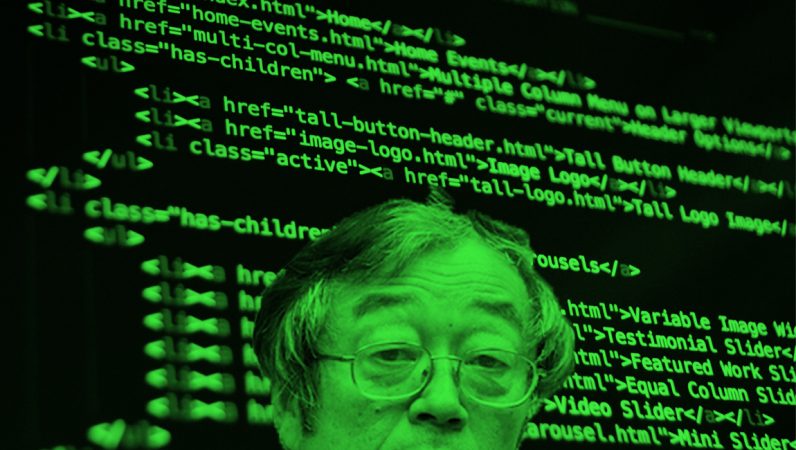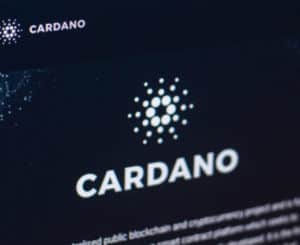2018-8-3 12:00 |
Ethereum co-founder Vitalik Buterin put forward a series of open questions to the cryptocurrency community in a recent discussion with Mars Finance International WeChat group, postulating seven issues present within the blockchain ecosystem.
Buterin’s “hard questions for any blockchain people” deal with some of the biggest obstacles between the current state of blockchain technology and widespread adoption, highlighting hashpower centralization, the lack of “useful” large-scale apps, the high frequency of hacks, scalability and latency, issues with consensus methods, and the inefficiency of on-chain governance.
Previously in this series, we answered Buterin’s questions on hashpower centralization, securities issues, and scalability.
In this multi-part series, we will attempt to answer each of Buterin’s 7 questions.
Question 4: How Will DApps Work With Latency?“How can decentralized apps work well even with 5-10 second blockchain latency?”
Decentralized applications (DApps) are one of the most promising applications of blockchain technology. DApps operate with back-end code running on a decentralized network. The benefits of DApps are obvious — imagine Uber without the need for a third party managing operations and taking a cut of profits or fees or social media platforms without centralized hosts mining user data. The use cases of dApps are limitless — should property deeds be tokenized, it’s possible to envision a world where listing, selling, or buying a home is managed by a simple smartphone dApps.
While dApps have great potential, development is still at a nascent stage. There are currently about 1,700 DApps with most offering only novelty applications such as games, or gambling. Compared to the 2.3 million iOS apps in existence, the dApps ecosystem is rudimentary.
DApps eliminate middlemen, cutting costs and passing value on to both merchants and consumers. There are a number of obstacles that prevent widespread dApps adoption, such as a lack of dApps developers, difficulty in monetization, and minimal network effects, but the core issue that dApps adoption faces today is scalability — specifically, blockchain latency.
DApps Are Too SlowDecentralization delivers obvious benefits, but the current speed of blockchain technology is not capable of competing with centralized competitors. Uber’s architecture, for example, is capable of facilitating over 5 million rides every day. Data from Zephoria demonstrates that Facebook is able to process 510,000 comments, update almost 300,000 statuses, and upload 136,000 photos every minute. The 1,200 transactions per minute that the Ethereum network currently executes pales in comparison to the staggering speed of centralized competitors.
The answer to Buterin’s question, then, is that dApps — at the current stage of blockchain development — can’t work. Unless a solution to the scalability issue is found, then it’s highly likely that the crypto community won’t see a decentralized Uber or Facebook any time soon.
Scalability solutions that are currently in development, however, paint a promising picture of the future of dApps. Second-layer solutions such as Sharding and Plasma hold the potential to bring the Ethereum network to a level at which it is able to support millions of transactions per second — a fact stated by Buterin himself:
“So if you get a 100x from Sharding and a 100x from Plasma, those two basically give you a 10,000x scalability gain, which basically means blockchains will be powerful enough to handle most applications most people are trying to do with them.”
Second-Layer Solutions Could Help DApps DominateThe ability to execute one million transactions per second would place the Ethereum network in a position from which it could potentially dominate legacy industry competitors such as Visa which, according to official statements made by the payment processor, is capable of handling up to 65,000 transactions per second.
DApps may not be ready for prime time right now, but the underlying technology driving them is long overdue for a dramatic upgrade — one that may come sooner than expected. Ethereum developer Justin Drake recently stated that the Ethereum 2.0 project may skip the Casper FFG upgrade, pushing directly into sharding.
“We are considering changing the Ethereum 2.0 roadmap to skip Casper FFG … The new roadmap should significantly accelerate the advent of full Casper because Casper FFG would run on top of a pure proof-of-stake heartbeat from the get-go.”
Next, we’ll be answering Buterin’s question “PoW is burning billions of dollars per year, even more than all scams and thefts combined. Isn’t this a big tragedy?”
The post Answering Vitalik Buterin’s 7 Hard Questions For the Blockchain World Part 4: DApp Latency appeared first on CryptoSlate.
origin »High Performance Blockchain (HPB) íà Currencies.ru
|
|












